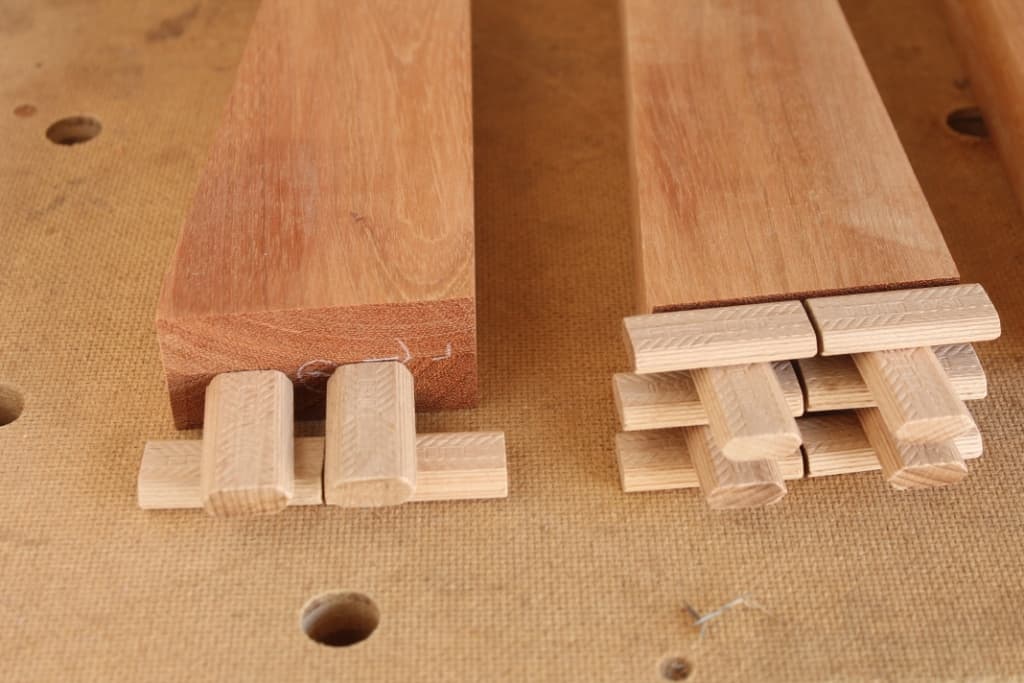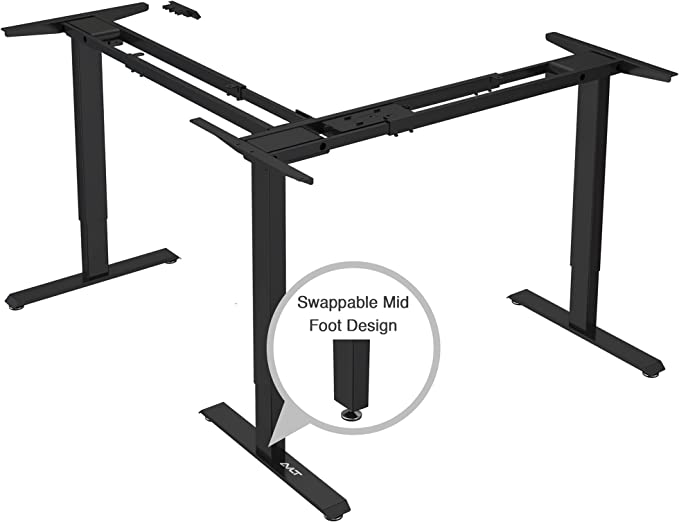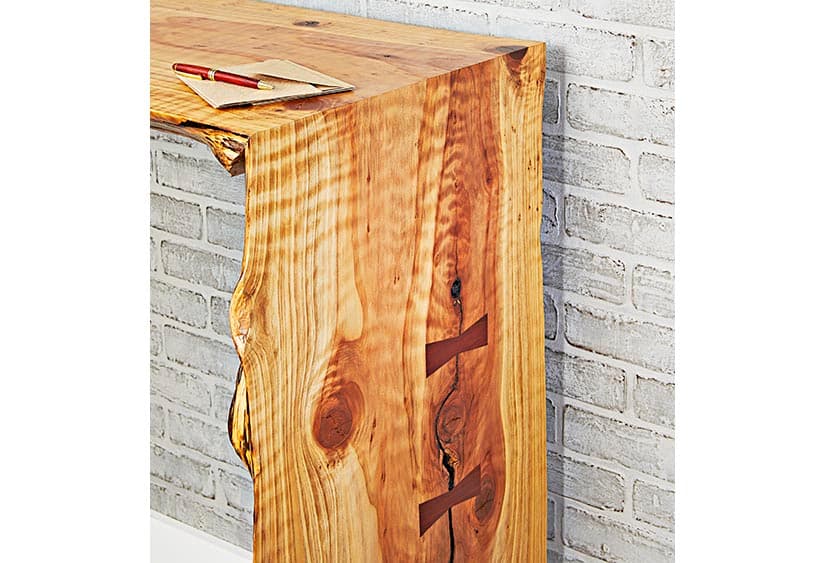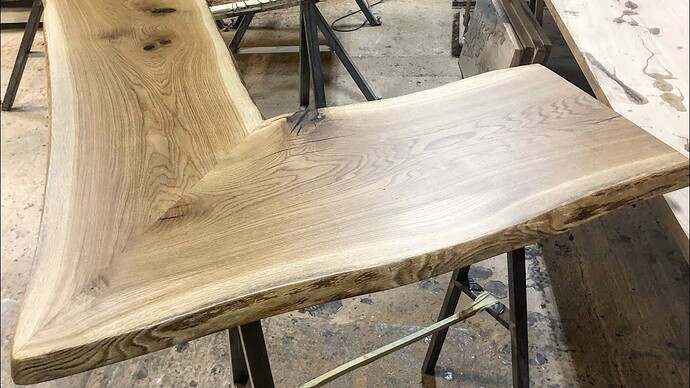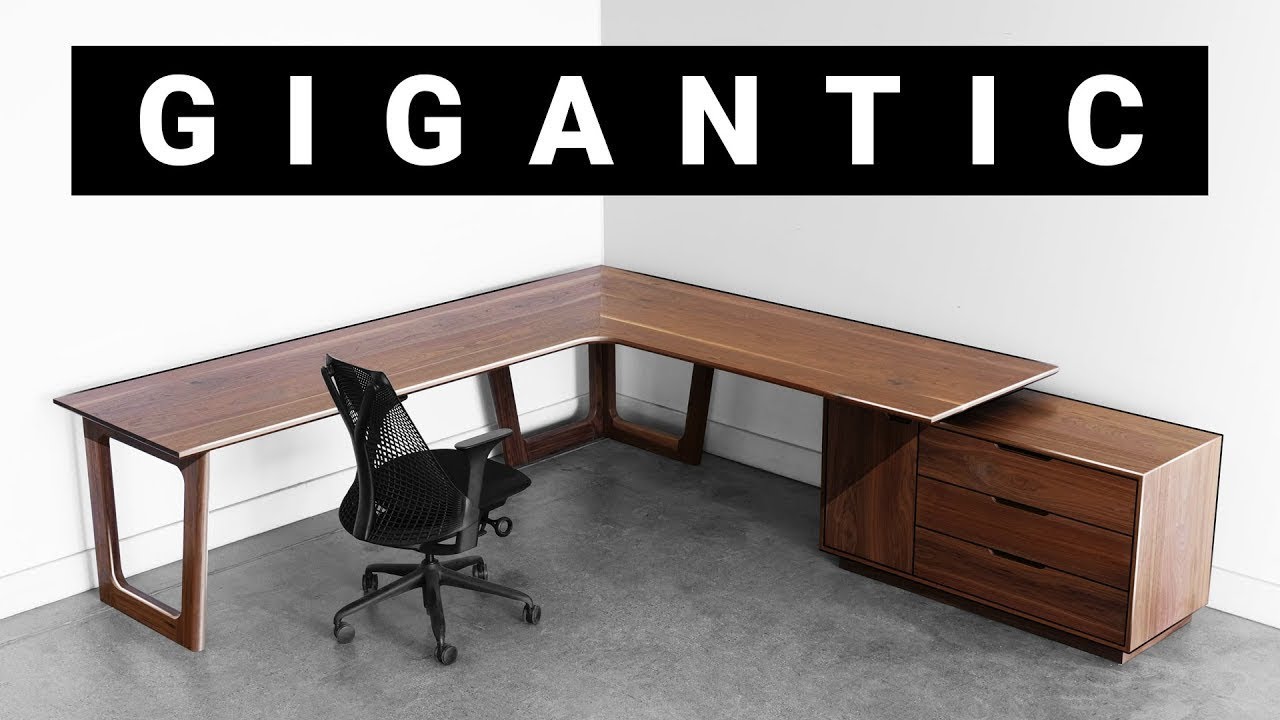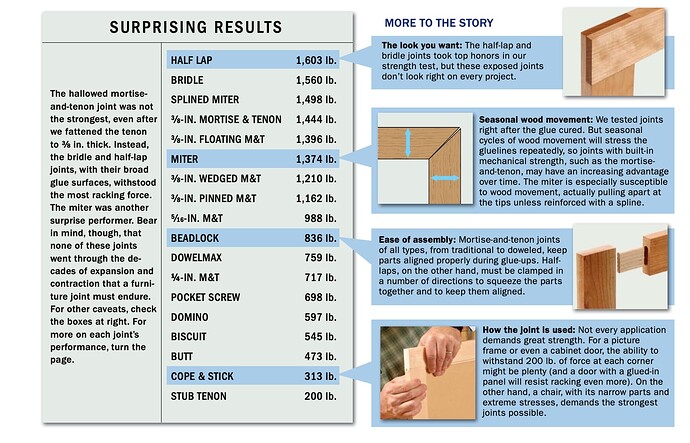Hi folks! Have a project where I’ll get to use our lovely Festool Domino. Had a question about the appropriate tenon thickness. I have two live edge slabs I’m wanting to join on a 45 deg mitered edge…I’ve always gone by the rule of thumb with mortise and tenons that they should be approximately 1/3 the thickness of your material. My pieces are 1.5" and the cutters I see we have for the domino are 4/5/6/8 mm (I think). 1.5" → mm is roughly 38mm so I thought I should be aiming for ~12mm cut… So I was thinking of stacking two 6mm tenons to arrive at the right thickness. Any considerations I may be overlooking for those who’ve used the domino more extensively? I know the domino joinery is really more for alignment and less about the strength of the joinery but…just thought I’d ask.
You took the words out of my mouth in your last sentence there, but if you did want to add some strength without trying to precisely fit two dominos in one hole you can just stack the dominos but in two separate holes (see pic). If that is what you meant in the first place, then nevermind.
But again, a miter joint is inherently weak in the first place, so while a domino will definitely help, if you’re looking for strength and an 8mm domino isn’t gonna give you enough then it’s probably best to look elsewhere
If it were me, I’d just go with a single 8mm and call it a day, I think
You can also buy a 10mm cutter for us and use that one, if you prefer 
I’ve been known to overthink things 
Yeah separate fittings is what I had in mind but stacked vertically…my only worry there was being accurate making 2x the cuts lol…
But I like the idea of going with the 10" and being down with it…have no problem donating it to the space when I purchase.
Ultimately the top will be supported along the miter by the frame below so really probably overthinking structural integrity here.
Ahh I understand now, I was interpreting it as a miter like this first pic, not like the second one
In that case, I think several 8mm or 10mm dominos would be plenty and will help with alignment – no need to over complicate with stacked dominos. Make sure you use the loose fitting domino selection on one or both sides of the mortise to allow for any movement of the wood
Awesome! Second pic is exactly what I’m after! Thanks for your thoughts…do you have a general rule of thumb for spacing dominos @gordoa40 ? The two pieces I’m joining like similar in dimension as the second picture…I was thinking one every 6" would suffice.
I would not bother with the domino. I would use the router and make a blind key/kerf in the center of your board probably two thirds of the length of the joint and at last 1 1/2 wide by 1/2" or so thick (not sure what is the thickness of your slab). It will provide strength if done correctly in the way of a larger glue area. Pretty much like a modified mortise and tenon. Another way you can skin this cat make sure you have a good blade, cut your 45’s, use good quality glue and once is dry add bow ties in the bottom. Use toggle bolts like the ones in laminate kitchen counters is also an alternate way. I disagree that 45’s are inherently weak. If the surfaces are flat and smooth, and you use an adequate amount of glue and pressure on the joint, it can be stronger than a lot of joints specially if reinforced with keys or bowties.
I agree in this orientation they are no more weak than any other end grain to end grain joint, but those are generally weaker than most. But given the direction of loading and the reinforcement that the base will provide, anything mentioned will be a good option. Dominos, bow ties, even a rectangular “bow tie” (you’re not trying to prevent a crack from expanding, so it doesn’t need to be bow tie shaped necessarily) would do fine, imo
I think I’ll go with the domino 10mm for whatever reinforcement they provide, use a whole mess of glue, and probably adds some bowties for both esthetic appeal. Will be my personal desk so taking my time with it and want to use the domino some. Thanks for the feedback
@iillmaticc not sure if you follow any makers on youtube, but Foureyes Furniture recently made a similar desk so you can check out how they did it (with special tear down dominos) around the 20 minute mark
@gordoa40 That’s really neat! Knockdown hardware for the domino wow…I’m intrigued…but not enough to get in for $375 for the connector kit (man festool REALLY loves their products)…My pieces fortunately are about half the length of those above so while it’ll be a bit unwieldy when assembled it won’t be so big two ppl can’t maneuver it most places…Once I win the lotto and actually by my own domino, I’ll spring for the connector kit.
Sorry to bump a semi-unrelated note @gordoa40 / @JOSEGAYTAN , but I’m also interested in furniture woodworking; with this application it definitely seems like the structural integrity is covered
Searching around the internet, I see a lot of generally wish-wash info regarding joint strength. In this particular application, I would think any type of joint would be hard-pressed to hold much weight unsupported; but are there any other threads that go into the strength of different joint types? If not, I can see a future project to add to the library of YouTubes, because each joint strength test I’ve found has only really tested a small subset of joints and pressure applications.
This article I read way back (holy hell 2009) was probably the most comprehensive I’ve seen o n the subject…
For an entertaining test of joint strengths, this video from Bourbon Moth is pretty great – What's the Best Wood Joint || Insanely Strong Joinery! - YouTube
Also randomly came across this clever tenon technique that I’ve never seen before – lock corner joint / penetrating tenon / lock wedge / woodworking joint - YouTube
Probably not applicable for your current project, but an interesting technique to try sometime!
